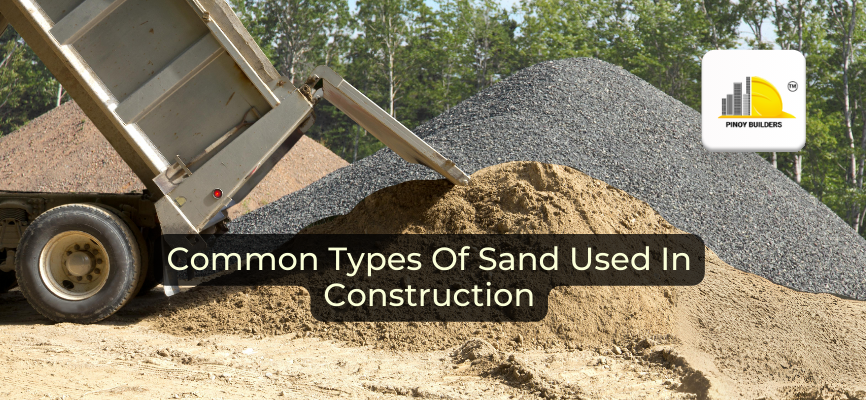Sand is a topsoil aggregate that people associate with either sandcastle forming or structure building. For centuries, sand has been an important material for numerous businesses, including agriculture, landscape, design, and infrastructure. For construction, sand is commonly used as an ingredient for concrete, with numerous options available depending on what a project needs. Knowing which type is appropriate for your project is crucial, as each type of sand varies in strength, looks, bulk, and price.
Concrete Sand
This type of sand is usually coarse and made of your usual aggregates. As the name suggests, it is the most commonly used type of aggregate to mix with cement. Concrete sand is not just limited to concrete, as it can be used for other things such as bedding pipes and de-icing sand.
Masonry Sand
Also known as white sand and refined sand, masonry sand functions similarly to concrete sand. It is commonly used in the creation of concrete, mortar, and patio-related jobs. Its neat, light colors make it an attractive aggregate to use, and its versatility rivals that of other alternatives.
River Sand
Brownish in color and fine in quality, river sand is naturally obtained from river banks. Its moisture absorption is prized for improving structural integrity. This should not be confused with beach sand, as that material is deemed inferior compared to most types of sand in terms of durability.
Crushed Stone Sand
It looks like gravel and feels like gravel. But unlike gravel, crushed stone sand is a natural but commercially created resource that is made from crushed minerals, such as granite or limestone. Crushed stone sand is commonly used for road construction, and is widely known as a low-cost, high-value commodity.
Utility Sand
This is the kind of sand that is made from quartz and is coarse from the get-go. It is used as a base material for concrete and is also referred to as pipe sand, as it is utilized as a fill-in for holes, walls, pipes, and trenches.
There is no doubt that sand is important to the construction industry. The importance of these natural grains should not be underestimated, especially for industries that rely on it. That is why you should take the time to decide which type of sand is the best for your projects. Just because one type excels in durability does not mean it is perfect for everything. Familiarize yourself with the list above to avoid any mishaps, short-term or long-term, that can affect the project.
![]()








